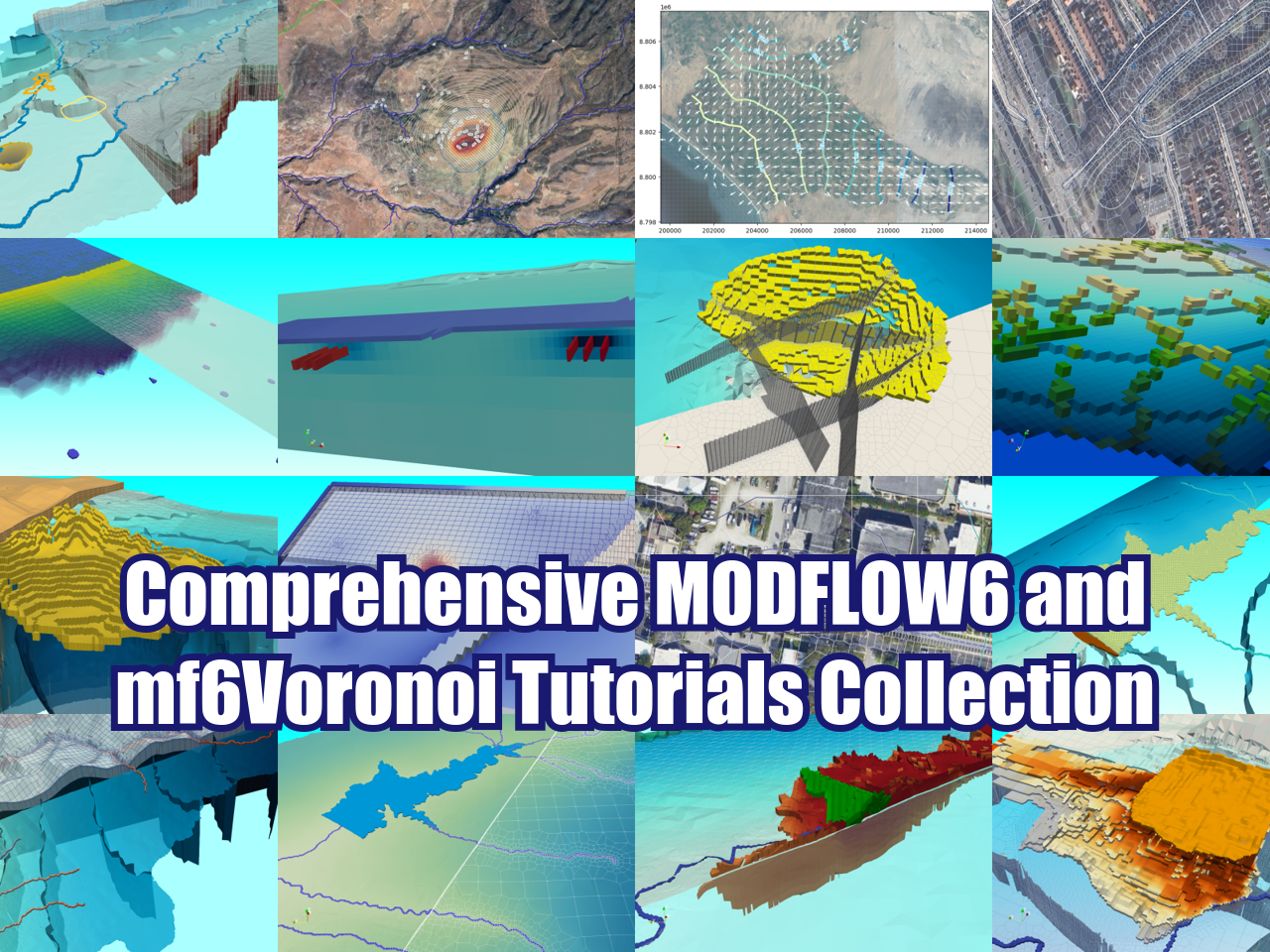How to create a geospatial Raster from XY data with Python, Pandas and Rasterio - Tutorial
/Another tutorial done under the concept of “geospatial python”. The tutorial shows the procedure to run a Scipy interpolation over a Pandas dataframe of point related data having a 2D Numpy array as an output. With some procedures of Rasterio the Numpy array was transformed into a monoband geospatial Tiff raster.
Tutorial
Code
import numpy as np
import pandas as pd
from scipy.interpolate import griddata
import matplotlib.pyplot as plt
import rasterio#open the chemistry data
chemData = pd.read_csv('../tab/chemistryData.csv',index_col=0,usecols=[0,5,6,18])
chemData = chemData.dropna() #delete missing data rows
chemData.describe()| EsteCor | NorteCor | pH | |
|---|---|---|---|
| count | 176.000000 | 1.760000e+02 | 176.000000 |
| mean | 247362.431818 | 8.352024e+06 | 8.070892 |
| std | 5246.316476 | 7.225883e+03 | 0.877716 |
| min | 236536.000000 | 8.336049e+06 | 5.630000 |
| 25% | 242377.750000 | 8.346304e+06 | 7.617500 |
| 50% | 249067.000000 | 8.352004e+06 | 8.045000 |
| 75% | 251132.000000 | 8.356741e+06 | 8.510000 |
| max | 259877.000000 | 8.372586e+06 | 10.400000 |
# Optional : drop extreme values
chemData = chemData[chemData.pH > np.quantile(chemData.pH,0.1)]
chemData = chemData[chemData.pH < np.quantile(chemData.pH,0.9)]
chemData.describe()| EsteCor | NorteCor | pH | |
|---|---|---|---|
| count | 140.000000 | 1.400000e+02 | 140.000000 |
| mean | 247838.157143 | 8.352633e+06 | 8.076693 |
| std | 5230.177137 | 7.042238e+03 | 0.489108 |
| min | 236536.000000 | 8.336049e+06 | 7.100000 |
| 25% | 243042.750000 | 8.347914e+06 | 7.790000 |
| 50% | 250146.000000 | 8.353390e+06 | 8.055000 |
| 75% | 251441.250000 | 8.357699e+06 | 8.370000 |
| max | 259877.000000 | 8.372586e+06 | 9.330000 |
#define interpolation inputs
points = list(zip(chemData.EsteCor,chemData.NorteCor))
values = chemData.pH.values
print(points[:5])
print(values[:5])[(250901.0, 8342712.0), (244329.0, 8346119.0), (244329.0, 8346119.0), (244329.0, 8346119.0), (240476.0, 8351811.000000001)]
[8.03 8.96 7.8 8.04 8.17]#define raster resolution
rRes = 50
#create coord ranges over the desired raster extension
xRange = np.arange(chemData.EsteCor.min(),chemData.EsteCor.max()+rRes,rRes)
yRange = np.arange(chemData.NorteCor.min(),chemData.NorteCor.max()+rRes,rRes)
print(xRange[:5],yRange[:5])[236536. 236586. 236636. 236686. 236736.] [8336049. 8336099. 8336149. 8336199. 8336249.]#create arrays of x,y over the raster extension
gridX,gridY = np.meshgrid(xRange, yRange)
#interpolate over the grid
gridPh = griddata(points, values, (gridX,gridY), method='linear')#show interpolated values
plt.imshow(gridPh)#definition of the raster transform array
from rasterio.transform import Affine
transform = Affine.translation(gridX[0][0]-rRes/2, gridY[0][0]-rRes/2)*Affine.scale(rRes,rRes)
transformAffine(50.0, 0.0, 236511.0,
0.0, 50.0, 8336023.999999999)#get crs as wkt
from rasterio.crs import CRS
rasterCrs = CRS.from_epsg(32718)
rasterCrs.data{'init': 'epsg:32718'}#definition, register and close of interpolated raster
interpRaster = rasterio.open('../rst/interpRaster3.tif',
'w',
driver='GTiff',
height=gridPh.shape[0],
width=gridPh.shape[1],
count=1,
dtype=gridPh.dtype,
crs=rasterCrs,
transform=transform,
)
interpRaster.write(gridPh,1)
interpRaster.close()Input data
You can download the input data from this link.



























